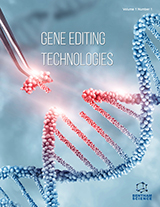Abstract
In recent decades, intense efforts have been made to understand the cellular and molecular mechanisms controlling β-cell development. This process is well coordinated and consists of multiple steps. Many studies have tried to identify (i) molecular signals governing the proliferation of progenitors and (ii) their differentiation into mature pancreatic β-cells. A number of laboratories have focused on the role of transcription factors, and well constructed experiments have contributed to defining a hierarchy, highlighting the importance of each transcription factor in the interconnected network. Moreover, studies over the last 10 years have shown that the pancreatic mesenchymal cells, which are in contact with progenitors, influence pancreas organogenesis. Recent work has also indicated that the intra-uterine milieu influences gene expression and endocrine development. Indeed, nutrients, locally expressed growth factors and even the partial pressure of oxygen also control pancreas development. In a more applied setting, these understandings may improve our knowledge on the different forms of diabetes and, importantly, allow us to mimic a similar developmental process in vitro. This is because the precise understanding of each step in vivo seems to be necessary for designing protocols to generate β-cells from embryonic stem (ES) cells or induced pluripotent stem cells (iPS). These stem cellderived β-cells should, in theory, provide new sources of insulin-secreting cells for transplantation into diabetic patients. A description of the recent advances in the field will be presented and illustrated in this chapter.
Keywords: Beta cell, Development, Differentiation, FGF, HIF, Insulin, Oxygen, Pancreas, Proliferation, Reactive oxygen species.






















